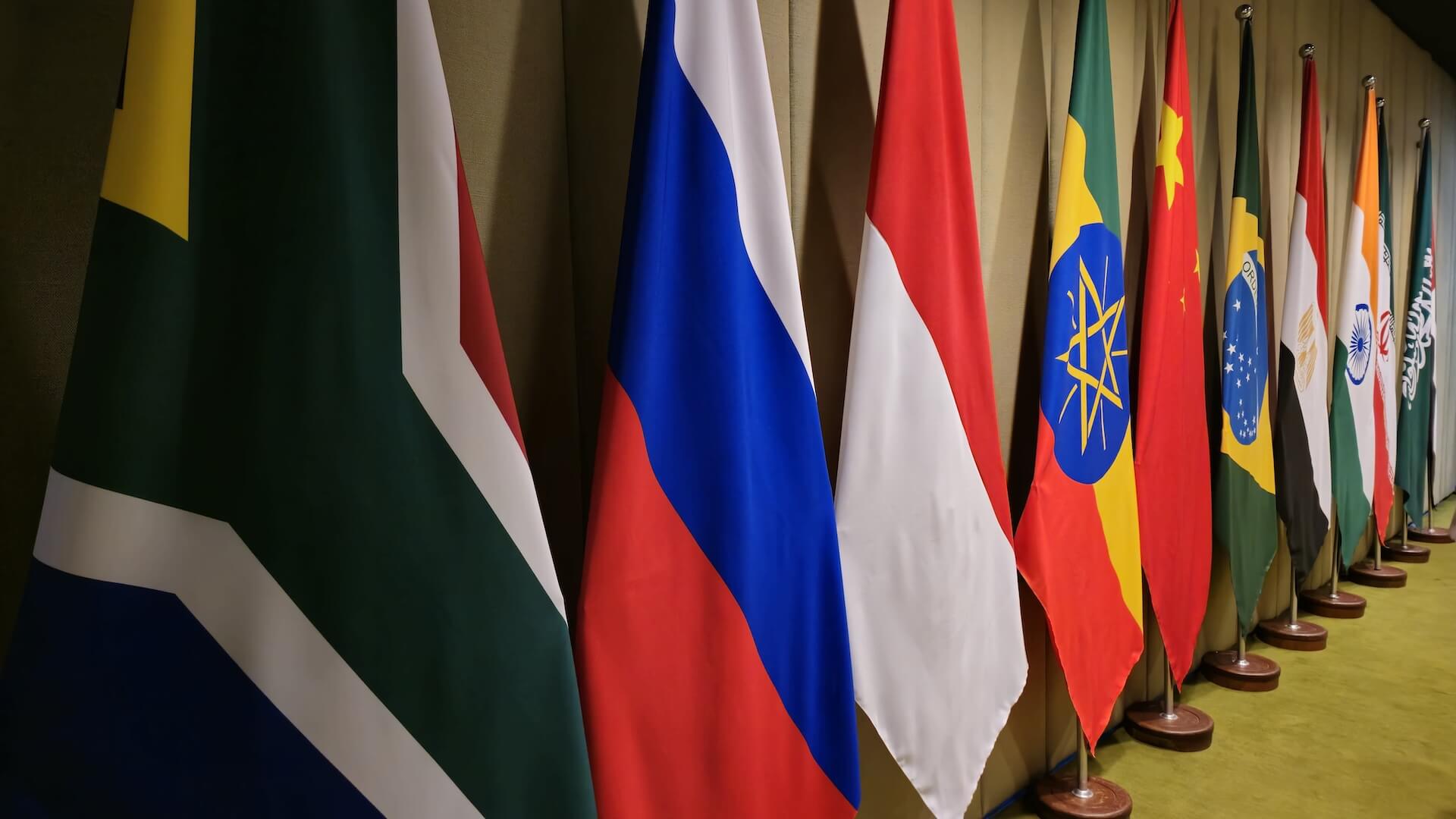BRICS GDP outperforms global average, accounts for 40% of world economy
Diversity among the eleven member countries and their large combined population may help explain the result.

By Mayara Souto | mayara.souto@presidencia.gov.br
The combined Gross Domestic Product (GDP) of the eleven BRICS member countries is projected to exceed the global average in 2025, according to the World Economic Outlook report released in April by the International Monetary Fund (IMF). The data predicts that the grouping will reach 3.4% in GDP, while the world average will reach 2.8%.
In 2024, BRICS collectively reached 4% GDP growth, while worldwide growth stood at 3.3%. IMF data also reveals that BRICS accounted for 40% of the global economy (measured by Purchasing Power Parity, PPP) in 2024, with projections rising to 41% in 2025.
“It is important to talk here about heterogeneity, an internal difference in the BRICS countries. This creates challenges and opportunities. In the case of Brasil and India, for example, the fact that they are further away from the frontlines of geopolitical instability creates an opportunity linked to the detour of trade”
The advance of the Global South countries can be explained by the diversity characteristic of the grouping, as explained by Rodrigo Cezar, professor of International Relations at the Getulio Vargas Foundation (FGV) and a specialist in international political economy.
"It is important to talk here about heterogeneity, an internal difference in the BRICS countries. This creates challenges and opportunities. In the case of Brasil and India, for example, the fact that they are further away from the frontlines of geopolitical instability creates an opportunity linked to the detour of trade," said the internationalist. The increase in exports from the Brazilian agricultural sector in recent years, particularly in the grain sector, is a clear example of this new trade route.
"Countries at the center of this instability have a strong need for domestic fiscal stimulus. They must inject money into their economies to address the sources of instability. As a result, they are likely to invest more in infrastructure and industry, which will, in turn, drive economic growth,” stated Cezar, referring to conflicts and tariff wars on the global stage.
Proportion
An essential factor for the BRICS' large participation in the world economy is the size of the member countries. Currently, the eleven nations represent more than 40% of the world's population.
"There is no way that BRICS is not relevant, given the size of its population. And there are also countries that are key in the supply of commodities, such as Brasil and Russia, which supply energy, food, and even very important strategic minerals. So the BRICS countries are going to be very relevant in terms of dictating or giving direction to the prices of these materials," explained the specialist in international political economy.
“There is no way that BRICS is not relevant, given the size of its population. And there are also countries that are key in the supply of commodities, such as Brasil and Russia, which supply energy, food, and even very important strategic minerals."
Cezar also added that the size of the countries and their trade characteristics mean that the BRICS has a “greater capacity to absorb some external shocks”. The countries leading the BRICS GDP growth projection for 2025 are: Ethiopia (6.6%), India (6.2%), Indonesia (4.7%), the United Arab Emirates (4%) and China (4%). As for this year's projection of international market share, China occupies the largest share, accounting for 19.6% of the global economy. Next are India (8.5%), Russia (3.4%), Indonesia (2.4%) and Brasil (2.3%).
"If you take the average of the group, you will have some countries that are going to drive growth upwards, while others are going to have slightly slower growth. It is very likely that at least one of the countries in the group will experience considerable growth due to its structural factors, investments, the demand from China, for example, to make domestic investments in order to maintain its level of growth and this will push the average for the whole group upwards," summarized the internationalist.
IMF data also shows that the eleven member countries of the grouping are becoming more important in the world economy than the so-called G7, which brings together the more developed nations of the European Union and North America. In terms of their share of the global economy, the developed countries accounted for approximately 28% last year and this year's projection, while the BRICS account for 40%. The difference in average GDP is even greater – the G7 had an average of 1.7% in 2024 and a projection of 1.2% this year – while the BRICS had an average of 4% and 3.4% respectively.
"It is important economically, but also politically, because it is a counterpoint to the hegemony of the United States. It is an actor that shows an alternative to the G7 – the most developed countries in the European Union and North America," concluded Cezar.
See below for a summary of the data presented by the IMF.
GDP (%)
Countries
Brasil
South Africa
Saudi Arabia
China
Egypt
United Arab Emirates
Ethiopia
India
Indonesia
Iran
Russia
BRICS Average
World Average
G7 Average
Source: IMF. April, 2025.
2024
3,4
0,6
1,3
5
2,4
3,8
8,1
6,5
5
3,5
4,1
4
3,3
1,7
2025
2
1
3
4
3,8
4
6,6
6,2
4,7
0,3
1,5
3,4
2,8
1,2
GDP based on Purchasing Power Parity (PPP) - in %
Countries
Brasil
South Africa
Saudi Arabia
China
Egypt
United Arab Emirates
Ethiopia
India
Indonesia
Iran
Russia
BRICS Total
G7 Total
Source: IMF. April, 2025.
2024
2,4
0,5
1
19,4
1,1
0,4
0,2
8,2
2,4
0,8
3,5
40,2
28,8
2025
2,4
0,5
1
19,6
1,1
0,4
0,2
8,5
2,4
0,8
3,5
40,7
28,4
English version: Mary Aune.
Proofreading by Enrique Villamil.